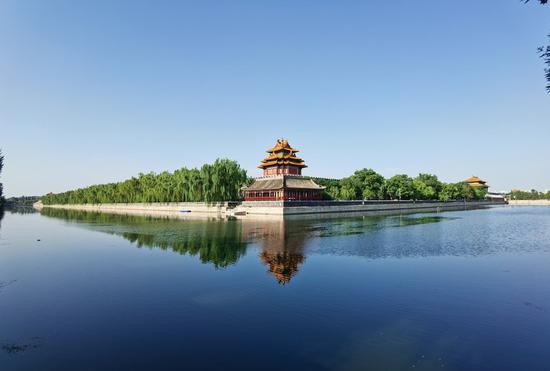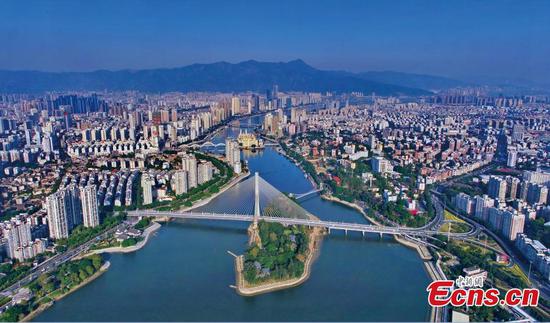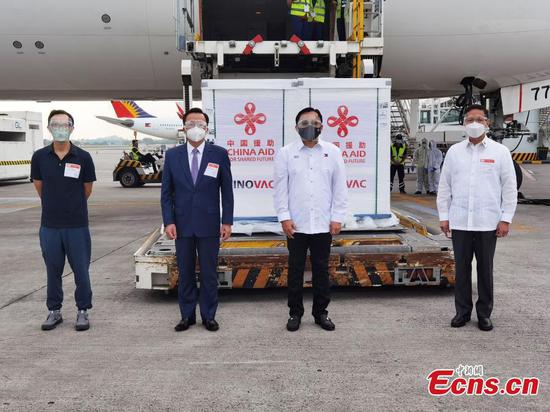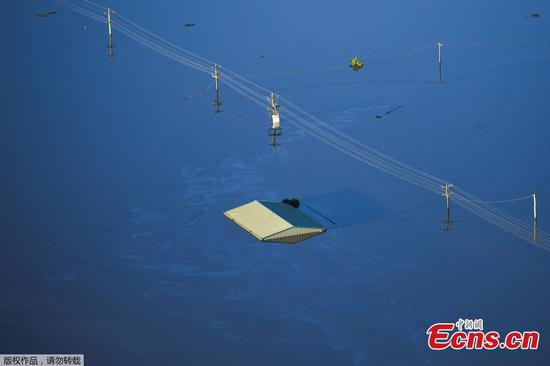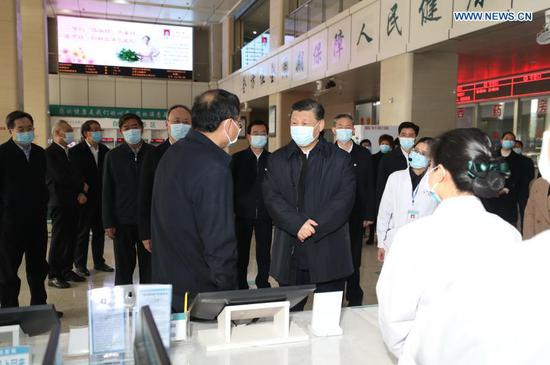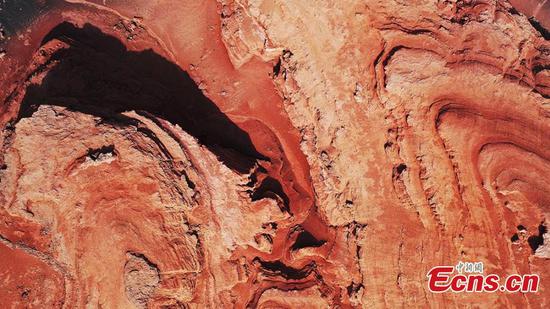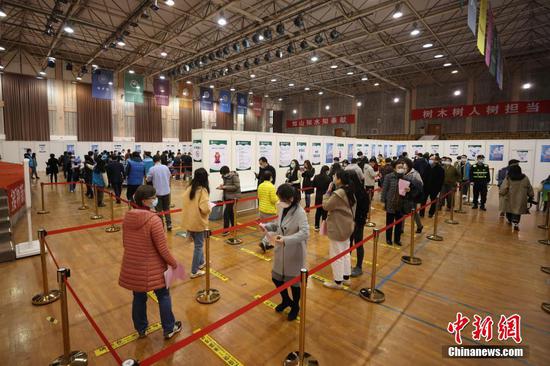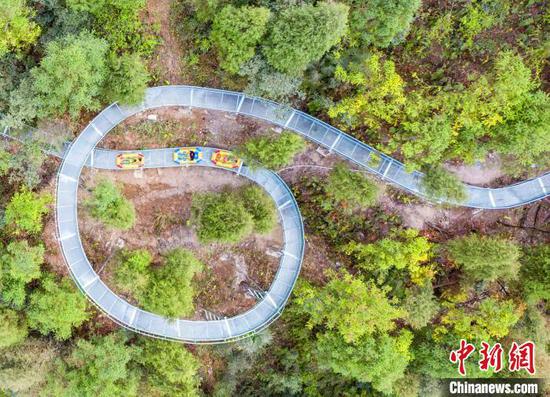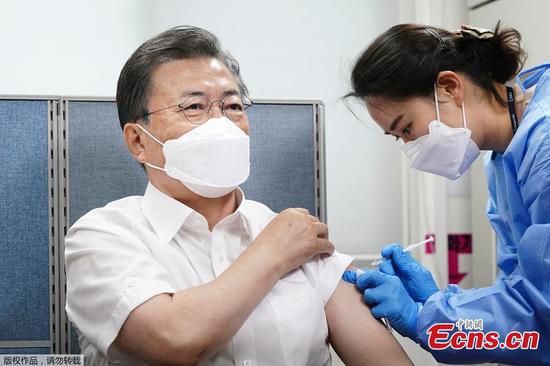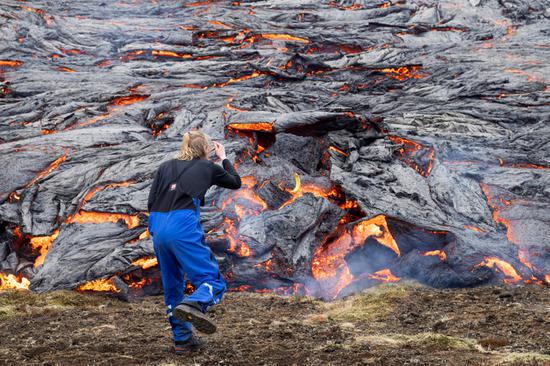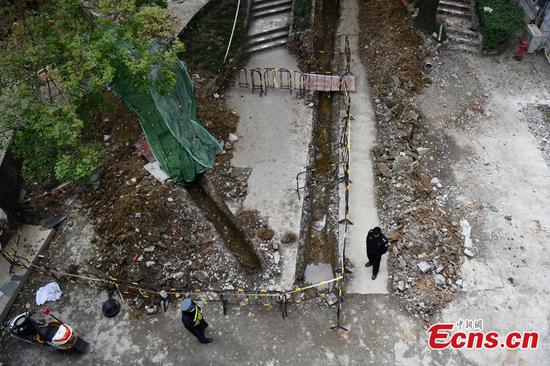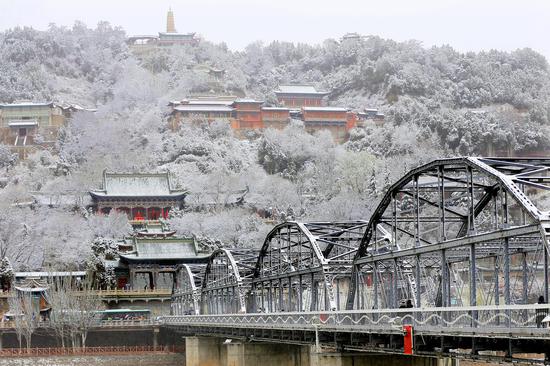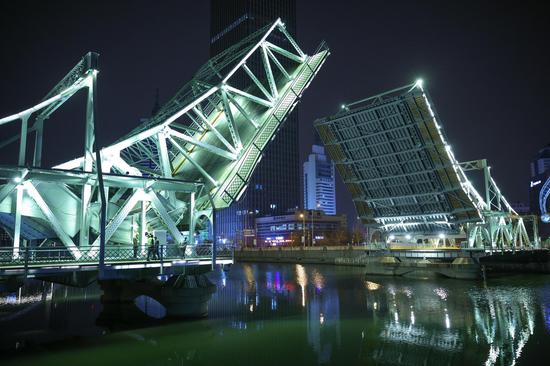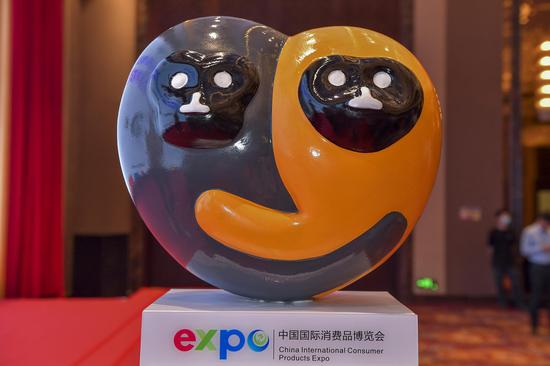
Photo taken with a mobile phone shows a view in the Palace Museum in Beijing, capital of China, Sept. 1, 2020. (Xinhua/Meng Chenguang)
The scientists have found that sources of key air pollutants in the city center, including fine particles, volatile organic compounds (VOC), and black carbon are much lower than predicted, but concentrations were still relatively high in 2016 and 2017, indicating they were created outside the city center.
Beijing's air quality has improved dramatically in the last few years owing to the emission reductions following the implementation of clean air actions, according to a latest report released by a group of leading British and Chinese scientists.
A team of more than 150 scientists have spent five years conducting one of the largest air pollution field campaigns in Beijing -- generating new insight into air pollution and human health using novel observational and modeling tools, said a press statement published Tuesday on the website of the University of Birmingham.
The scientists have found that sources of key air pollutants in the city center, including fine particles, volatile organic compounds (VOC), and black carbon are much lower than predicted, but concentrations were still relatively high in 2016 and 2017, indicating they were created outside the city center.
Atmospheric Pollution and Human Health (APHH) in a Chinese Megacity (APHH-Beijing) is jointly funded by Britain's Natural Environment Research Council (NERC) and Medical Research Council (MRC) as part of the UK-China Research and Innovation Partnership Fund, and the National Natural Science Foundation of China (NSFC).
"High levels of air pollution pose a serious health risk to inhabitants of many Chinese cities. We confirmed that Beijing's air quality has improved significantly in recent years," said Professor Roy Harrison, lead UK principal investigator of the largest project within APHH-Beijing (AIRPOLL), from the University of Birmingham.
"Our measurement work in Beijing has given us a much greater understanding of air pollutants in Beijing -- where the pollution is coming from and how much there is. This, in turn, allows us to make recommendations to policy makers and help them make the decisions that will reduce air pollution levels in Beijing and other cities across China," Harrison said.
Within the wider project, researchers also discovered that cooking oil emissions are a potential source of potentially hazardous fine particles in Beijing -- suggesting that a more stringent control of this local source may be needed within the city.
Furthermore, they showed that road traffic is not a major source of primary PM2.5, but remains a significant source of NOx (Nitrogen oxide).

Professor Zongbo Shi from the University of Birmingham, the science coordinator of APHH-Beijing, said: "The program has enhanced UK-China collaboration, trained the next generation of scientists, and created a legacy of enhanced scientific understanding for the future that will help citizens to take individual actions to improve their day-to-day lives."
Dr Caroline Culshaw, head of Healthy Environment at NERC, said: "APHH-Beijing has been a hugely successful program, showcasing large scale collaborative working across both national borders and the environmental and medical sciences to tackle global challenges."
The APHH-Beijing project uses multiple atmospheric measurement and analysis strategies to determine where the pollution is coming from and how much there is; develop novel ways of recording emissions, and integrating these to produce new modeling tools for use in policy development, according to the university.
